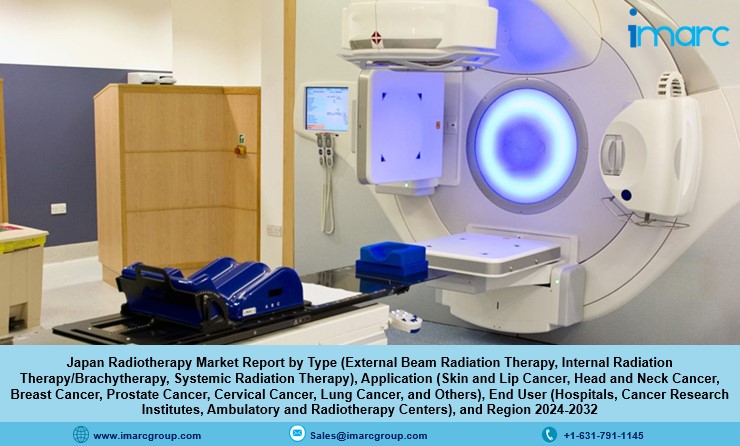The latest report by IMARC Group, titled “Fleet Management System Market: Global Industry Trends, Share, Size, Growth, Opportunity and Forecast 2023-2028“, offers a comprehensive analysis of the industry, which comprises insights on the global fleet management system market share. The global market size reached US$ 23.8 Billion in 2022. Looking forward, IMARC Group expects the market to reach US$ 43.1 Billion by 2028, exhibiting a growth rate (CAGR) of 10.5% during 2023-2028.
A fleet management system, or FMS, is a comprehensive solution used by organizations to monitor and manage their fleet of vehicles efficiently. It is essential for businesses that rely on a fleet of vehicles for transportation, delivery, or service purposes. It utilizes advanced technology, such as global positioning system (GPS) tracking and telematics, to provide real-time insights into the location, performance, and maintenance needs of each vehicle in the fleet. It allows businesses to optimize various aspects of their operations, including improved cost control, route planning, fuel consumption, vehicle maintenance, and driver behavior. Additionally, corporations can identify cost-saving opportunities and reduce operational expenses by analyzing data on fuel usage, maintenance schedules, and driver behavior. It also enhances safety by monitoring driver behavior, reducing the risk of accidents across the globe.
For an in-depth analysis, you can refer sample copy of the report: https://www.imarcgroup.com/fleet-management-system-market/requestsample
Fleet Management System Market Trends and Drivers:
The fleet management system market is primarily driven by the rising transportation and logistics sector. In addition, the increasing use of fleet management systems in shipping companies, logistics providers, and freight carriers to manage their extensive fleets of trucks, ships, and aircraft efficiently while tracking shipments, optimizing routes, and monitoring vehicle health are influencing market growth. Moreover, the growing use of fleet management systems in waste management companies to optimize garbage collection routes, reduce fuel consumption, and enhance environmental sustainability with real-time tracking aids in efficient waste collection, representing another major growth-inducing factor. Besides this, the extensive application of fleet management systems in public transportation agencies, such as bus and tram operators, deploy fleet management systems to enhance the reliability and safety of their services, which aid in managing schedules, monitoring vehicle locations, and improving passenger experience, thus accelerating the market growth. Furthermore, government agencies and municipalities are using fleet management systems to manage their vehicle fleets, which include public transportation, maintenance vehicles, and law enforcement fleets that help control costs and ensure compliance with regulations, creating a positive market outlook.
Report Segmentation:
The report has segmented the market into the following categories:
Breakup by Component:
- Solutions
- Fleet Telematics
- Driver Information Management
- Vehicle Maintenance
- Safety and Compliance Management
- Others
- Services
- Installation and Integration Services
- After-Sales Support Services
- Consulting Services
Breakup by Vehicle Type:
- Commercial Vehicles
- Passenger Cars
- Aircrafts
- Watercrafts
Breakup by End Use Sector:
- Automotive
- Energy & Utilities
- Manufacturing
- Retail
- Transportation and Logistics
- Construction
- Others
Breakup by Technology:
- GNSS
- Cellular Systems
Breakup by Deployment Type:
- Cloud-based
- On-premises
- Hybrid
Breakup by Region:
- North America (U.S. & Canada)
- Europe (Germany, United Kingdom, France, Italy, Spain, Russia, and Others)
- Asia Pacific (China, India, Japan, South Korea, Indonesia, Australia, and Others)
- Latin America (Brazil, Mexico)
- Middle East & Africa
Competitors Landscape with Key Players:
- AT&T Inc.
- Geotab
- I.D. Systems
- IBM Corporation
- Inseego Corporation
- Mix Telematics Ltd.
- Omnitracs LLC
- TomTom N.V.
- Trimble Inc.
- Verizon Communications
- Wheels Inc.
Note: If you need specific information that is not currently within the scope of the report, we will provide it to you as a part of the customization.
About Us
IMARC Group is a leading market research company that offers management strategy and market research worldwide. We partner with clients in all sectors and regions to identify their highest-value opportunities, address their most critical challenges, and transform their businesses.
IMARC’s information products include major market, scientific, economic and technological developments for business leaders in pharmaceutical, industrial, and high technology organizations. Market forecasts and industry analysis for biotechnology, advanced materials, pharmaceuticals, food and beverage, travel and tourism, nanotechnology and novel processing methods are at the top of the company’s expertise.
Contact Us
IMARC Group
134 N 4th St. Brooklyn, NY 11249, USA
USA: +1-631-791-1145 | Asia: +91-120-433-0800
Email: sales@imarcgroup.com
Follow us on Twitter: @imarcglobal






